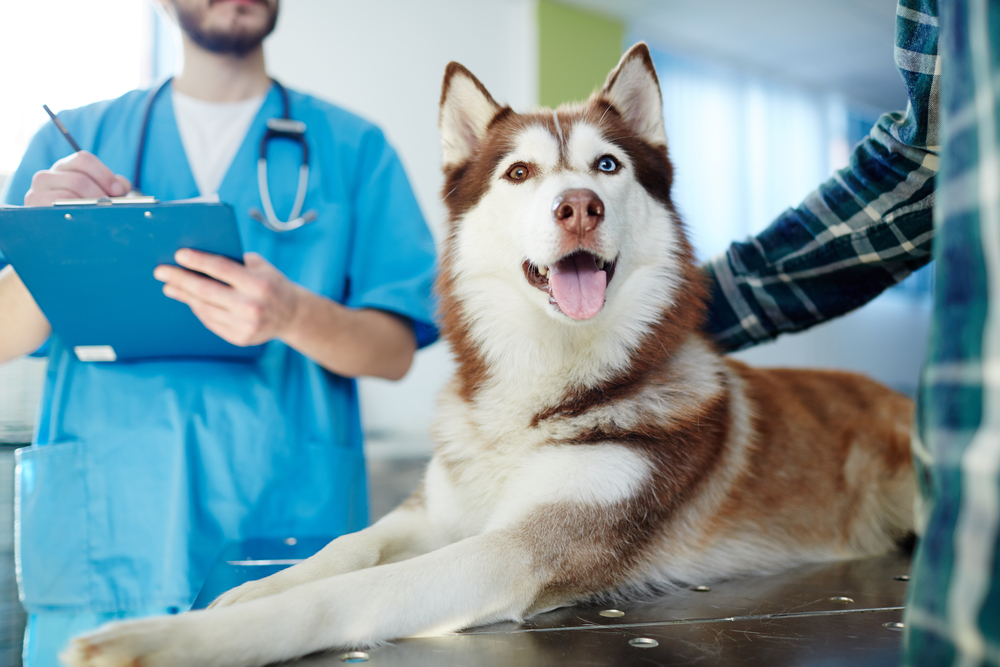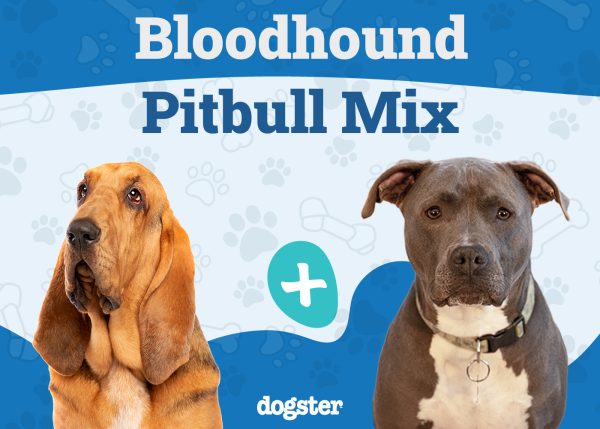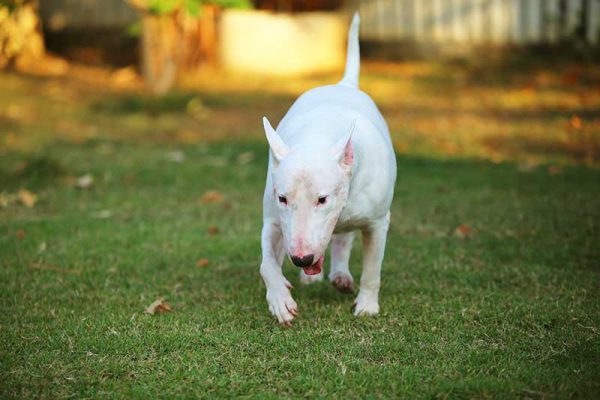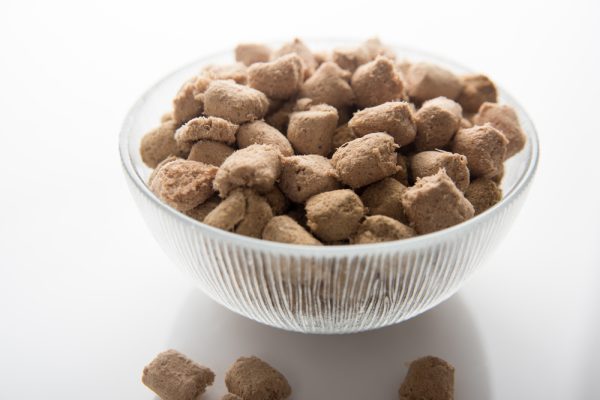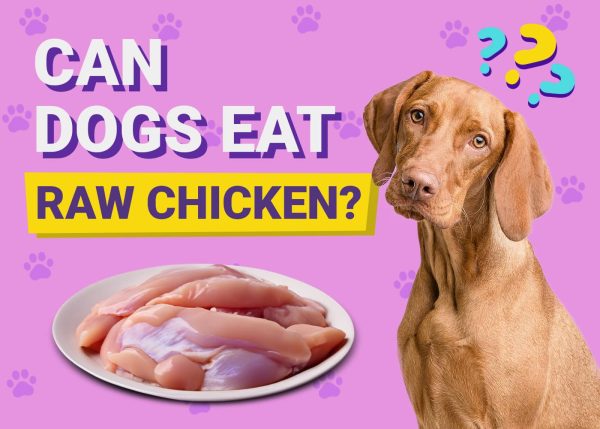In this article
Many dog owners are unaware of their pup’s pulse. Do you know how to check it on your dog? Has your vet asked you to monitor pulse rate? If so, do you know a healthy range value for a dog’s pulse? In this article we’ll discuss some pulse concepts; what it actually is, some key facts about it, and how to check your own dog’s pulse. Being aware of these concepts is an important first-line step you can take at home as pulse can be an important indicator of a dog’s cardiovascular health.

Common Misconceptions and Definitions
One surprising aspect about the term “pulse” is that it is commonly made to be synonymous with the term heartbeat or heart rate. This is technically incorrect as these are actually different things, even though in an ideal situation the heart rate and pulse rate should be the same number! Together these concepts play into overall cardiovascular evaluation and health.
- A heartbeat consists of the movement and sounds that the heart makes as it contracts and relaxes to send blood to the rest of the body. The vibrations of this can be felt, or it may be heard by auscultation with a stethoscope.
- Heart rate is the number of heartbeats in 1 minute (or 60 seconds).
- Peripheral pulse (may be shortened to pulse) is referred to as the regular, rhythmic throbbing movement in the arteries as blood is propelled through them. This is typically felt or seen in the periphery, such as a dog’s femoral artery. A peripheral pulse is a later ‘down the line’ result of the heart pumping blood.
- A peripheral pulse rate would then be the number of pulses felt or times an artery expands and then contracts in 1 minute.

How to Check a Dog’s Heartbeat/Rate
Because of the positioning of the heart, the left side will be the easiest and best side to start on. This may be performed on a dog that is standing upright or one who is laying down with their right side down and left side upright. On the left side of the dog, place your hand along the lower body chest well, around the area where the front leg’s elbow meets the body wall. Once your hand feels knocking movement on the chest wall—this is a heartbeat. Now, count how many beats are felt in a 15-second interval (use a watch, timer, stopwatch, clock, phone, etc.). Then, multiply this number by four to get the heart rate which is the number of beats in 1 minute (60 seconds).
How to Check a Dog’s Peripheral Pulse/Rate
This may be performed on a dog who is standing upright or one who is laying down. To find the femoral pulse start with your fingertips on the inside of the dog’s back leg above the knee (stifle) joint. Move your hand up the leg until you are in the groin. The femoral pulse can usually be felt roughly in the middle of the leg in this area. When you feel movement or a pulse, this is blood moving through the femoral artery. Next, use two fingers, most often the index and middle finger, to feel for the pulse, not too strongly or too softly as you don’t want to block the blood flow or miss counting a pulse. Once you have found an appropriate pressure for your dog, start counting. Count how many pulses are felt in a 15-second interval (use a watch, timer, stopwatch, clock, phone, etc.). Then, multiply this number by four to get the pulse rate in 1 minute.

Heartbeat and Heart Rate Facts
- The heart is an organ whose purpose is to pump blood. It consists of 4 hollow chambers (2 atria and 2 ventricles) and numerous valves that can open and close to allow for the movement of blood.
- A Heartbeat is the movement of the heart during a contraction and relaxation cycle.
- A heart murmur is an abnormal nose, such as a “whooshing” noise during a heartbeat. It may be benign or can signify various health issues.
- In a normal dog, there are typically two heart sounds that can either be heard on auscultation (listening to organ sounds with a stethoscope) or felt via vibrations. The first heart sound (S1)—closure of mitral and tricuspid valves. The second heart sound (S2)—closure of aortic and pulmonic valves.
- Normal heart rate ranges depend on the overall size of the dog. This can vary based on several circumstances, but generally speaking, the smaller the physical size of the dog, the faster their normal resting heart rate will be. Additionally, if a dog is excited, anxious, or has been exercising, it’s likely that their values will be higher than normal.
- Small dog: 90–120 beats per minute (bpm)
- Medium dog: 70–110 bpm
- Large dog: 60–90 bpm
Consulting a veterinarian is recommended for guidance and the best course of action.

Peripheral Pulse and Pulse Rate Facts
In dogs, the peripheral pulse is typically palpated at the femoral artery, but other arterial pulses in theory could be the caudal, dorsal pedal, radial, or sublingual arteries. Ideally, the heart rate and peripheral pulse rate should match and be the same number (see normal average values above).
To determine this, both pulses (typically from the left and right femoral arteries) must be felt at the same time as auscultating the heart, which a veterinarian may do as part of their physical exam. A pulse deficit occurs when a heartbeat does not cause a corresponding arterial pulse. Simply, if there are more heartbeats and fewer subsequent peripheral pulses, this can be a medical concern.
The most common cause of a pulse deficit is due to some kinds of arrhythmias, which are a class of abnormal heart rhythms. In the case of pulse deficits, atrial fibrillation (very fast beating or quivering of the atria) or premature beats (that result in the ventricles being unable to fill properly) are often to blame. Veterinarians are feeling for various peripheral pulse characteristics such as if the pulse is weak, bounding, brisk, thready, absent, etc. Each of these concepts can give clues as to certain medical conditions. For example, a weak (low) pulse pressure can be seen in certain cases of shock or heart failure while a bounding (fast) pulse pressure could be seen in cases of aortic insufficiency where the aortic valve does not close properly, or a defect of the heart called patent ductus arteriosus.
A dog’s body condition can also come into play for a pulse/pressure. For example, an athletic, thin dog that is otherwise healthy may have a stronger than expected pulse pressure while a very overweight dog may have a weaker than expected pulse pressure. Context is everything, and a veterinarian will be weighing numerous variables such as history and all physical exam findings when evaluating the situation.
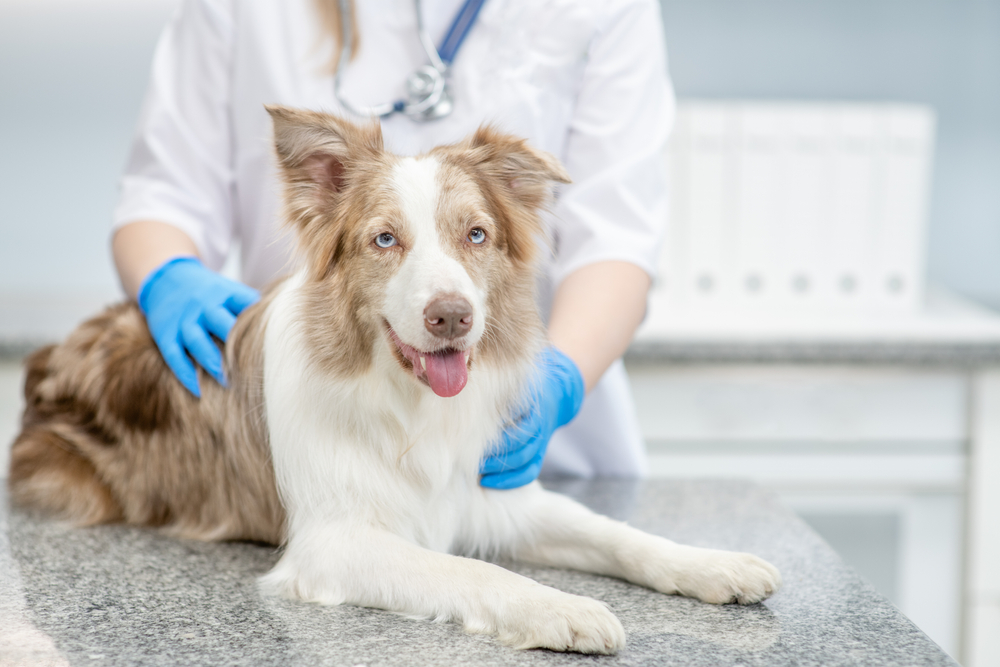

Conclusion
Knowing your dog’s normal heart and pulse rate can be a helpful component to understanding some vital signs that can correlate with their overall health. If you can monitor your dog regularly, when there are changes noted, this can be a clue that there is a potential health problem. If you’re worried about what you find, bring this to the attention of your dog’s veterinarian; it may warrant further investigation!
Featured Image Credit: Pressmaster, Shutterstock
